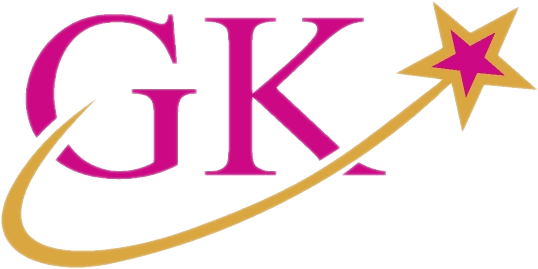GOLFER’S ELBOW (Medial epicondylitis)
This is a condition where the inflammation is at the origin of the flexor tendons at the medial epicondyle of the humerus.
Causes
The damage is typically related to excess or repeated stress — especially forceful wrist and finger motions. Improper lifting, throwing or hitting, as well as too little warm up or poor conditioning, also can contribute to golfer’s elbow.
- Racket sports. Improper technique with tennis strokes, especially the backhand, can cause injury to the tendon.
- Throwing sports. Improper pitching technique in baseball or softball can be another culprit. Football, archery and javelin throwing also can cause golfer’s elbow.
- Weight training. Lifting weights using improper technique, such as curling the wrists during a biceps exercise, can overload the elbow muscles and tendons.
- Forceful, repetitive occupational movements. These occur in fields such as construction, plumbing and carpentry
- Obese
- Smoking
- Repetitive computer mouse use
- Holding the children
- Trauma
Symptoms
- Pain and tenderness. Usually felt on the inner side of your elbow, the pain sometimes extends along the inner side of your forearm. Pain typically worsens with certain movements.
- Stiffness. Your elbow may feel stiff, and making a fist might hurt.
- Weakness. You may have weakness in your hands and wrists.
- Numbness or tingling. These sensations might radiate into one or more fingers — usually the ring and little fingers
Prevention
- Strengthen your forearm muscles.Use light weights or squeeze a tennis ball. Even simple exercises can help your muscles absorb the energy of sudden physical stress.
- Stretch before your activity.Walk or jog for a few minutes to warm up your muscles. Then do gentle stretches before you begin your game.
- Fix your form.Whatever your sport, ask an instructor to check your form to avoid overload on muscles.
- Use the right equipment.If you’re using older golfing irons, consider upgrading to lighter graphite clubs. If you play tennis, make sure your racket fits you. A racket with a small grip or a heavy head may increase the risk of elbow problems.
- Lift properly.When lifting anything — including free weights — keep your wrist rigid and stable to reduce the force to your elbow.
- Know when to rest.Try not to overuse your elbow. At the first sign of elbow pain, take a break.
Treatment
Homoeopathy medicine
